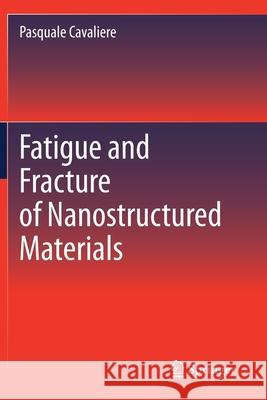Fatigue and Fracture of Nanostructured Materials » książka
topmenu
Fatigue and Fracture of Nanostructured Materials
ISBN-13: 9783030580902 / Angielski / Miękka / 2021 / 440 str.
Fatigue and Fracture of Nanostructured Materials
ISBN-13: 9783030580902 / Angielski / Miękka / 2021 / 440 str.
cena 602,40
(netto: 573,71 VAT: 5%)
Najniższa cena z 30 dni: 578,30
(netto: 573,71 VAT: 5%)
Najniższa cena z 30 dni: 578,30
Termin realizacji zamówienia:
ok. 22 dni roboczych.
ok. 22 dni roboczych.
Darmowa dostawa!
Kategorie:
Kategorie BISAC:
Wydawca:
Springer
Język:
Angielski
ISBN-13:
9783030580902
Rok wydania:
2021
Ilość stron:
440
Waga:
0.61 kg
Wymiary:
23.39 x 15.6 x 2.26
Oprawa:
Miękka
Wolumenów:
01
Dodatkowe informacje:
Wydanie ilustrowane











